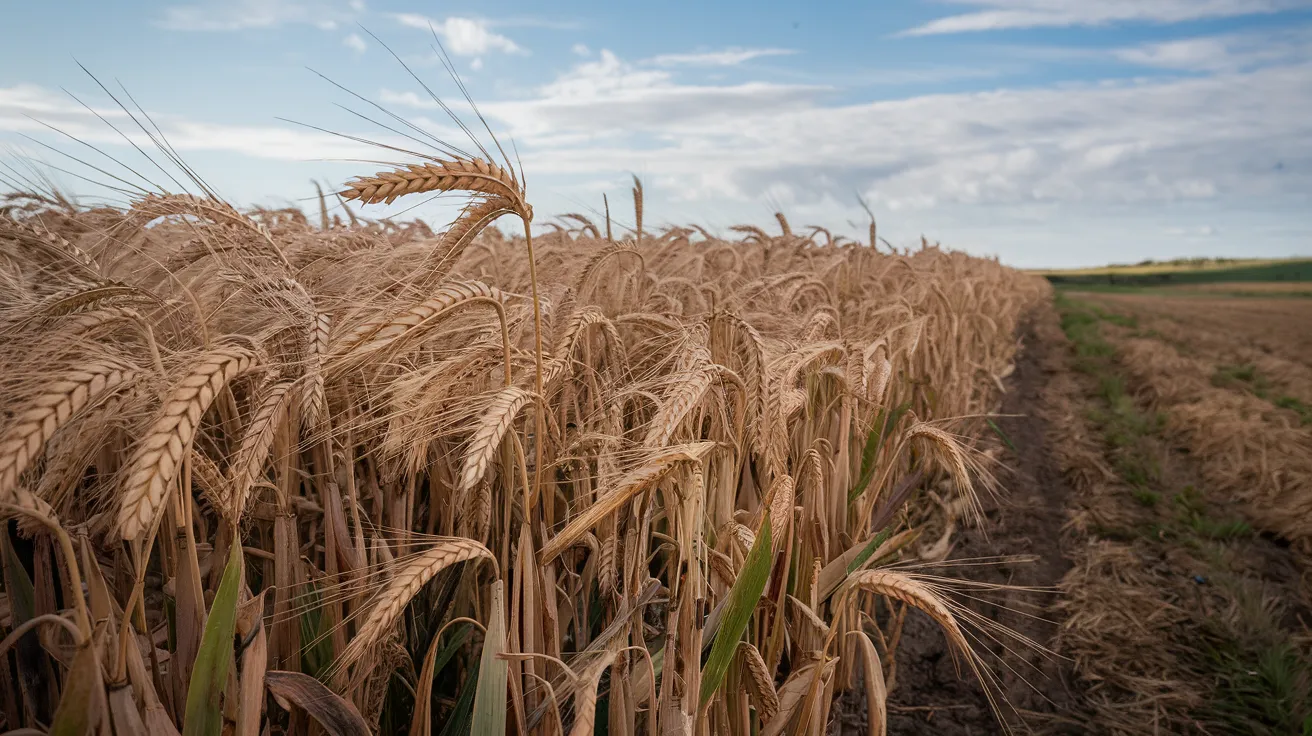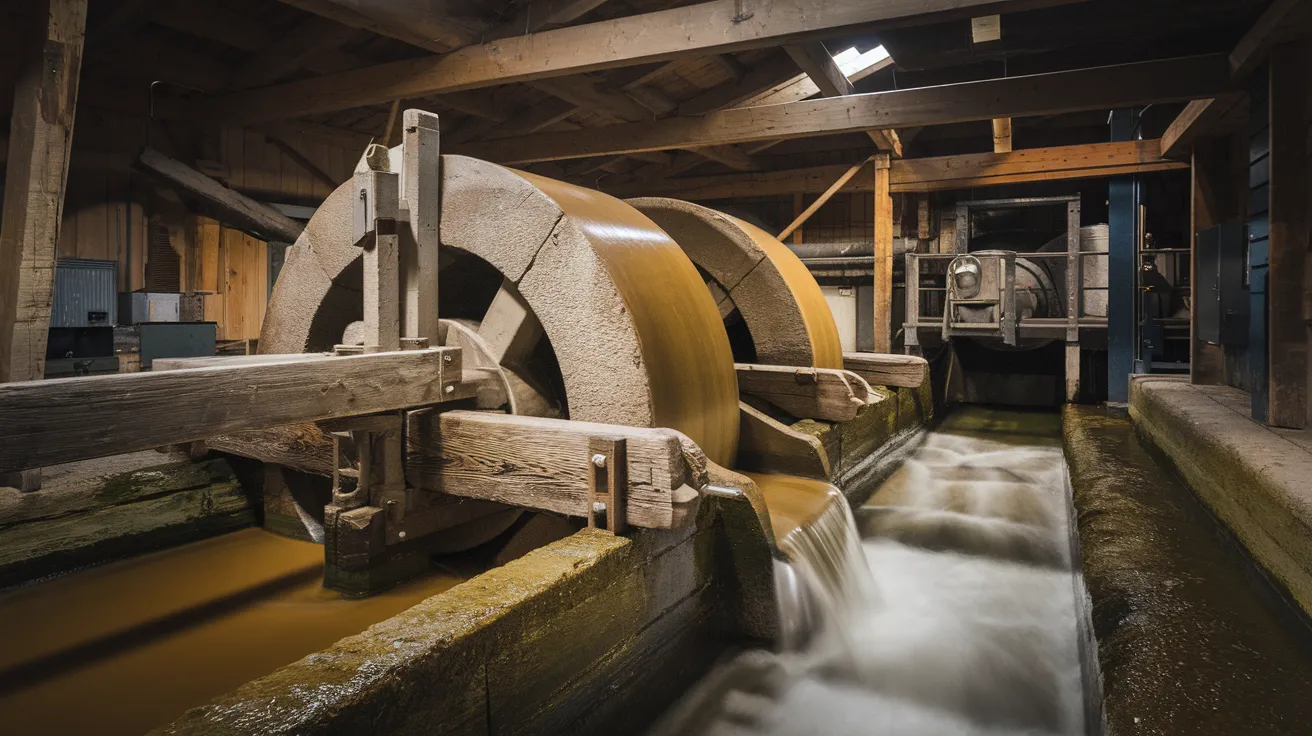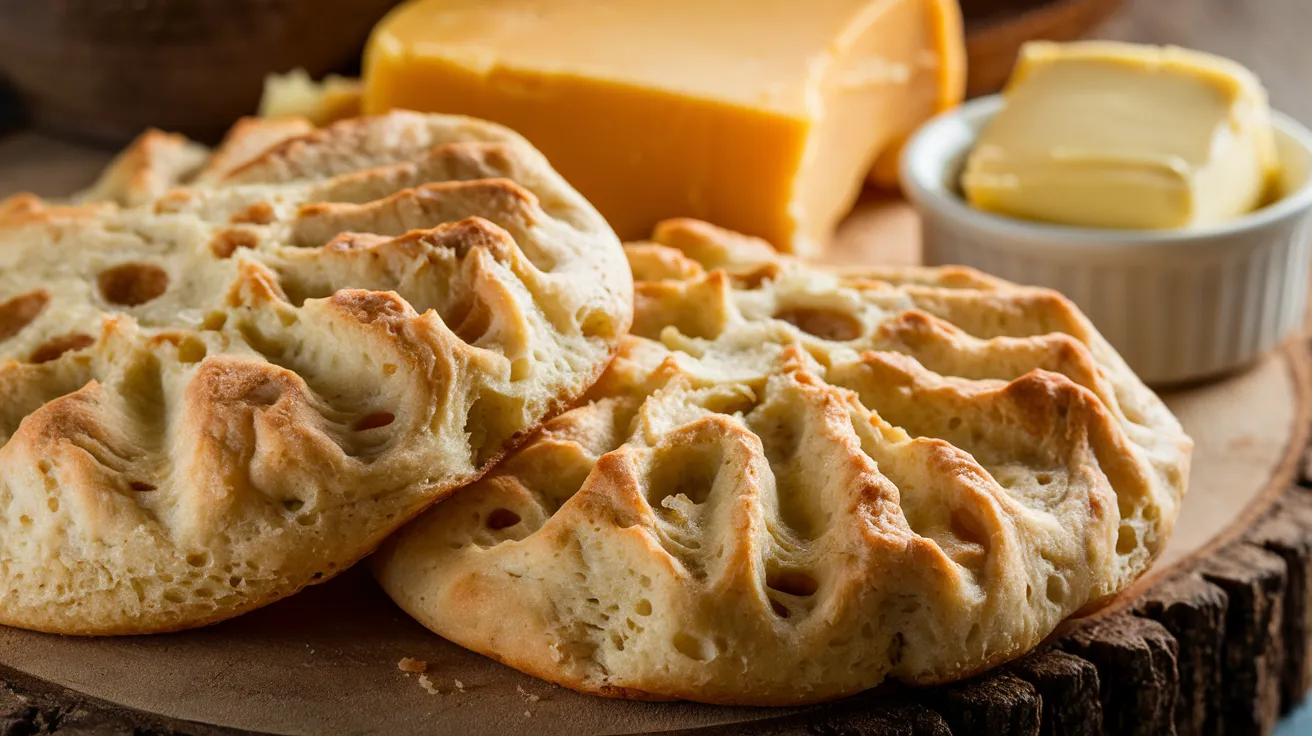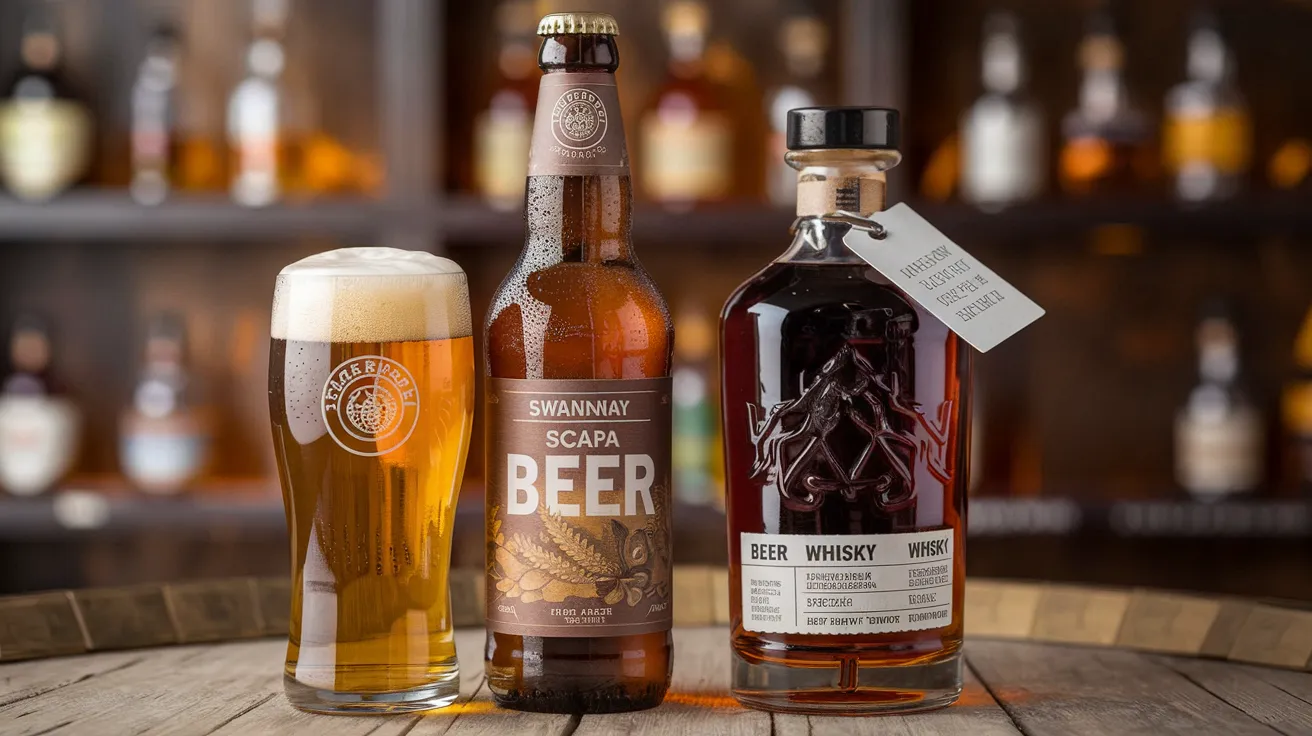Quick Navigation
- A Grain Steeped in History
- What Makes Bere Barley Special?
- Cultivation and Traditional Milling: Keeping Bere Alive
- Bere in the Kitchen: From Bannocks to Biscuits
- Bere in Brewing and Distilling
- Where to Buy and Try Bere Products
- Frequently Asked Questions
- Is Bere Barley gluten-free?
- What does Bere taste like?
- Where is Bere grown today?
- Can I visit the Barony Mill?
Long before whisky stills dotted the landscape or modern crops took root, Orkney fields were golden with Bere (pronounced 'bear'), an ancient form of barley that has sustained islanders for millennia. This resilient six-row landrace, possibly cultivated here for over 5,000 years, is more than just a grain; it's a living link to Orkney's Neolithic and Norse past, a testament to agricultural adaptation, and the foundation for unique local foods and drinks. Discover the fascinating story of Orkney Bere, from its ancient origins to its modern revival.
A Grain Steeped in History
Bere barley's journey in Orkney is a long one:
- Neolithic Origins?: Archaeological evidence, including charred grains found at sites like the Knap of Howar on Papa Westray, suggests barley cultivation in Orkney dates back 5,000-6,000 years, potentially making Bere one of the earliest crops grown by the islands' first farmers.
- Norse Connections: While perhaps present earlier, Bere cultivation likely expanded significantly with Norse settlers from the 9th century onwards. The name 'Bere' itself is thought to derive from the Old Norse word 'bygg' for barley. For centuries, it was the staple grain ('corn' in the old sense) of the islands.
- Adaptation is Key: Bere thrived in Orkney's challenging conditions – short growing seasons (maturing in just 90 days), long summer daylight hours, and relatively poor, acidic soils where other cereals struggled. Its hardiness made it crucial for survival.
- Historical Importance: Until the agricultural improvements of the 18th and 19th centuries introduced higher-yielding crops, Bere was the dominant cereal, used for animal feed, thatching, and, most importantly, for human consumption as meal for bread, bannocks, and porridge, and malt for ale and early forms of whisky.

What Makes Bere Barley Special?
Bere is botanically distinct from the two-row barley varieties common today:
- Six-Row Variety: It has six rows of grains along the head, compared to the two rows of modern malting barley.
- Hardiness: Adapted to marginal land and Orkney's specific climate.
- Characteristics: Taller stems (making it prone to 'lodging' or falling over), lower yields than modern varieties, but requires fewer inputs.
- Nutritional Profile: Research by the UHI Agronomy Institute indicates Bere is nutritionally rich, containing higher levels of protein, folate, and essential minerals like manganese compared to modern barley. It may also have lower gluten levels.
- Distinct Flavour: Bere meal has a unique, slightly nutty, earthy, and sometimes subtly smoky flavour (especially when traditionally milled), different from modern barley flour.
Cultivation and Traditional Milling: Keeping Bere Alive
While Bere cultivation declined significantly in the 20th century, efforts are underway to preserve and promote it:
- UHI Agronomy Institute: Based at Orkney College in Kirkwall, the Institute plays a vital role. They maintain the genetic diversity of Bere, conduct research to improve yields and resilience (e.g., developing shorter-stemmed varieties less prone to lodging), and explore new markets for the grain. They work with local farmers to cultivate around 15 hectares annually.
- Barony Mill, Birsay: This historic watermill is the last of its kind in Orkney still commercially producing traditional beremeal. Dating back to 1873, the mill uses a traditional three-stage process involving kiln-drying the grain (sometimes over peat, adding flavour), grinding it slowly between massive millstones powered by the Boardhouse Burn, and sieving the resulting meal. Visiting the mill (check opening times) offers a fascinating glimpse into Orkney's agricultural heritage. (Visit Website)

Bere in the Kitchen: From Bannocks to Biscuits
The primary product of Bere is beremeal, a wholesome flour with a distinctive flavour.
- Bere Bannocks: The most famous use. These traditional Orkney flatbreads are simple, unleavened rounds made from beremeal, water or milk, and a little fat, cooked on a griddle. They have a slightly coarse texture and nutty taste, delicious served warm with Orkney butter, cheese, or soup. Many local cafes and households still make them.
- Bread & Porridge: Historically, beremeal was used for denser breads and hearty porridges, often cooked slowly.
- Modern Uses: Today, beremeal is used by local bakeries like Stockan's and Argo's for biscuits, oatcakes (often blended with oats), and scones. It's also used as a thickening agent in soups and stews. Its unique flavour profile is being rediscovered by chefs.

Bere in Brewing and Distilling
Bere's historical role in Orkney's alcohol production is also being revived:
- Whisky: While modern distilleries primarily use two-row barley, Bere was the grain used in Orkney's early (often illicit) distilling. Today, some craft distillers are experimenting with it. Notably, Bruichladdich distillery on Islay has released single malts made from Bere grown in Orkney, showcasing its unique flavour potential in spirits. Check specialist whisky shops for rare Bere bottlings.
- Beer: Swannay Brewery produces award-winning craft ales using 100% Orkney Bere malt, such as their popular 'Scapa Bere'. These beers often have a distinctive biscuity or nutty character derived from the ancient grain.

Where to Buy and Try Bere Products
- Barony Mill: Purchase freshly milled beremeal and bere berries directly from the mill shop in Birsay or via their website.
- Local Shops: Look for beremeal and bere biscuits/oatcakes (from brands like Stockan's or Argo's) in grocery stores and delicatessens across Orkney, such as William Shearer's in Kirkwall.
- Cafes & Restaurants: Ask for bere bannocks in traditional cafes, particularly in rural areas or Birsay. Some restaurants may feature Bere in seasonal dishes.
- Breweries/Distilleries: Visit Swannay Brewery's shop or check specialist retailers for Bere beers and whiskies.
To find relevant videos, search YouTube for "Barony Mill Orkney" or "making Bere bannocks".
Frequently Asked Questions
Is Bere Barley gluten-free?
No, like all barley, Bere contains gluten, although some research suggests the levels might be lower or different from modern varieties. It is not suitable for those with celiac disease.
What does Bere taste like?
Beremeal has a distinctive nutty, slightly earthy, and sometimes smoky flavour (from kiln-drying). It adds a wholesome taste to baked goods.
Where is Bere grown today?
Primarily in Orkney, cultivated by a small number of farmers in partnership with the UHI Agronomy Institute. Small amounts are also grown experimentally elsewhere (e.g., Islay for Bruichladdich).
Can I visit the Barony Mill?
Yes, the Barony Mill in Birsay is usually open to visitors during the summer season, offering tours and selling beremeal. Check their website for current opening times.
Orkney Bere Barley is more than just a crop; it's a symbol of resilience, heritage, and sustainable agriculture. From the ancient fields to the modern brewery, its story is woven into the fabric of the islands. Trying a warm bere bannock or a Bere-based ale offers a delicious taste of Orkney's unique history. Look for local cafes and bakeries serving Bere products during your stay in Orkney accommodation.



